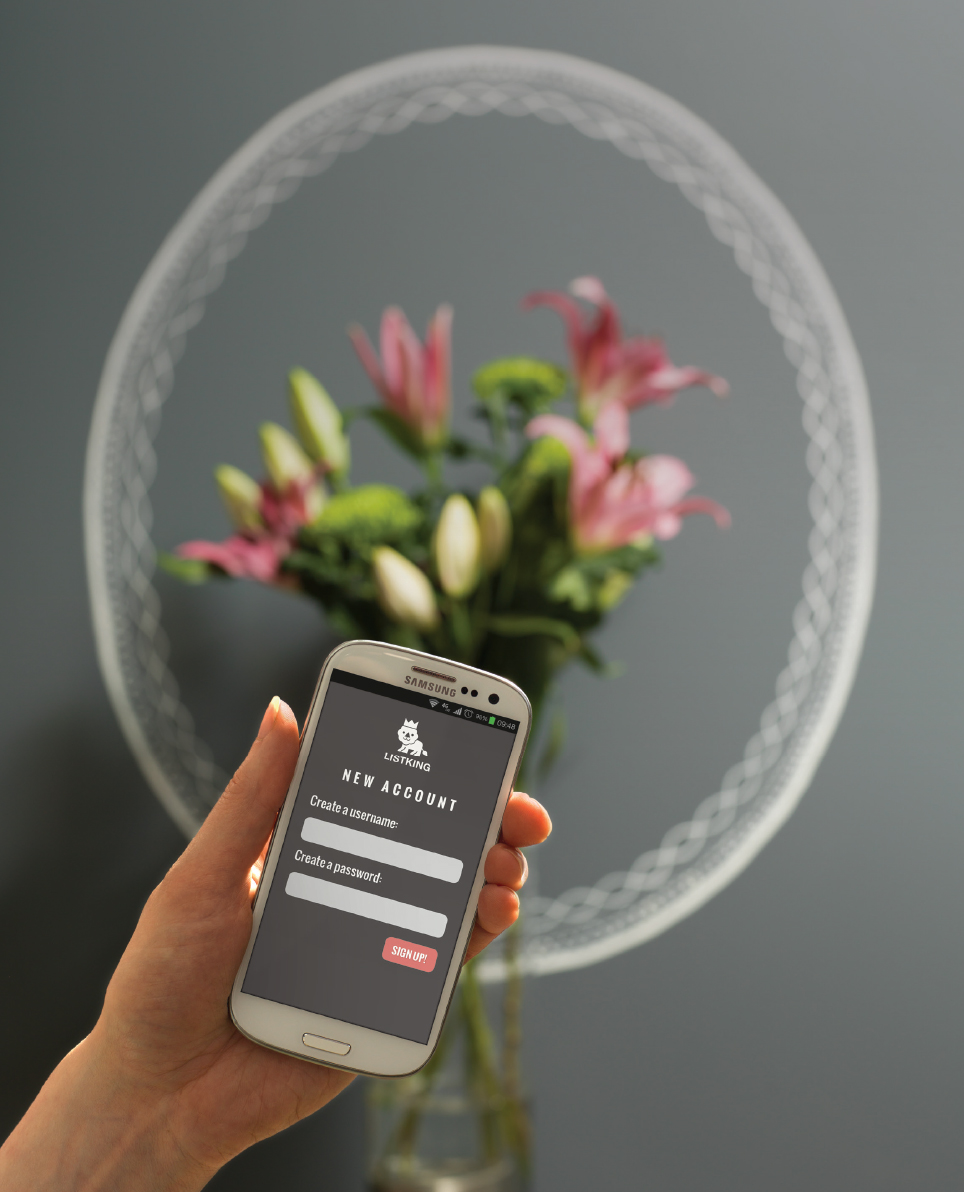
DIFFERENT EVENT TYPES
Here is a selection of the events that occur in the browser while you are browsing the web. Any of these events can be used to trigger a function in your JavaScript code.
UI EVENTS Occur when a user interacts with the browser's user interface (UI) rather than the web page
| EVENT | DESCRIPTION |
| load | Web page has finished loading |
| unload | Web page is unloading (usually because a new page was requested) |
| error ... |
Get JavaScript and JQuery: Interactive Front-End Web Development now with the O’Reilly learning platform.
O’Reilly members experience books, live events, courses curated by job role, and more from O’Reilly and nearly 200 top publishers.

